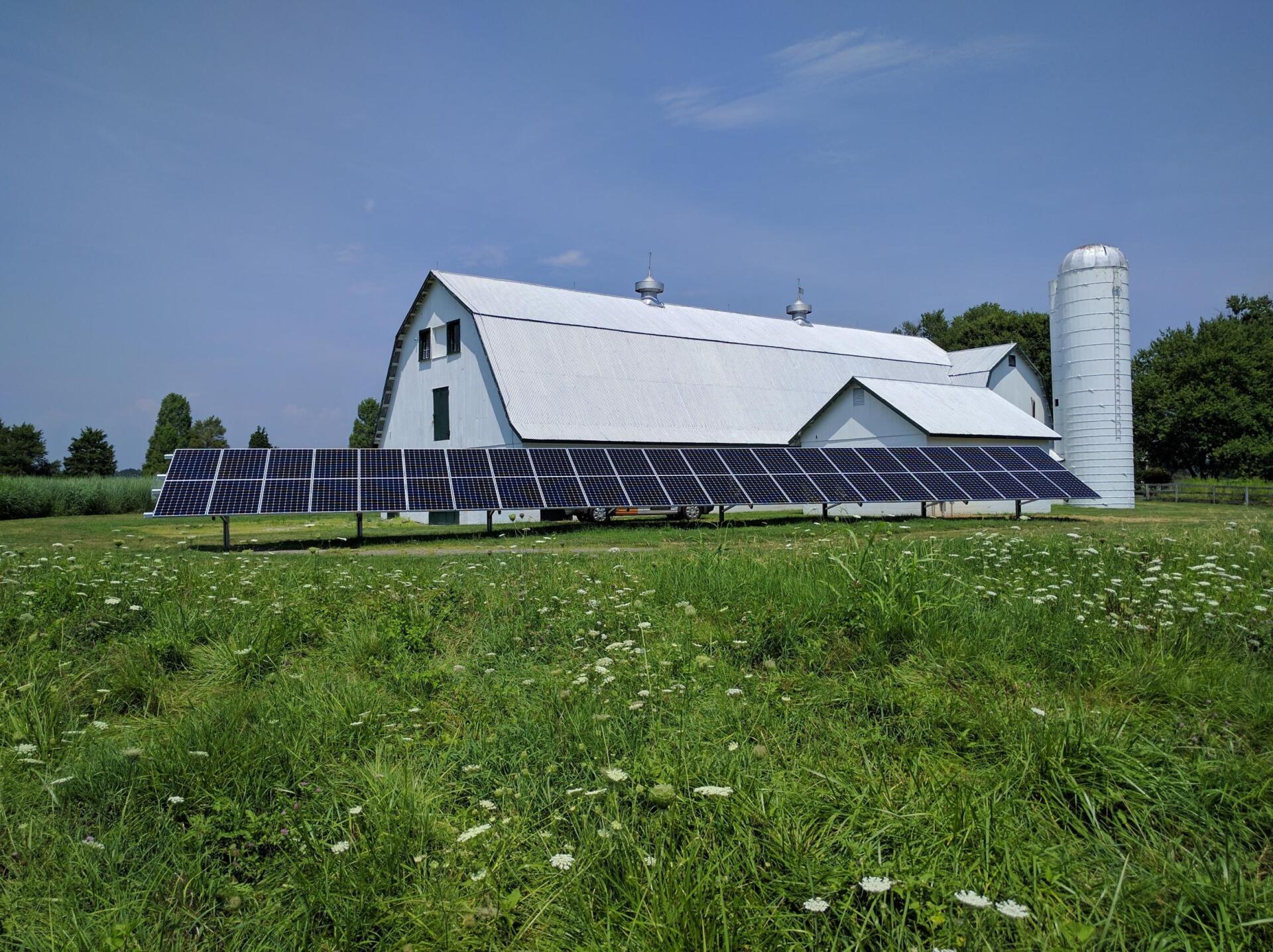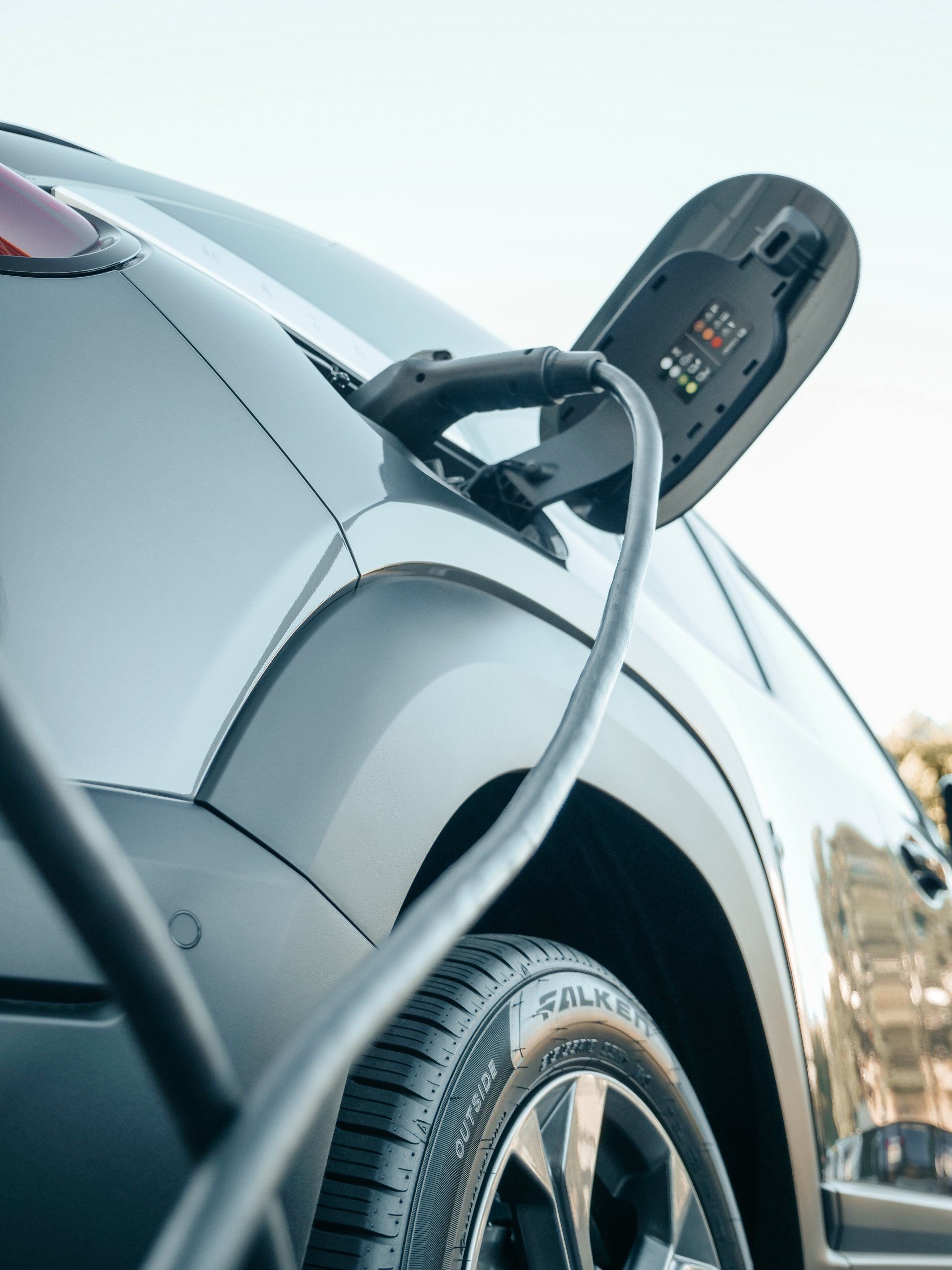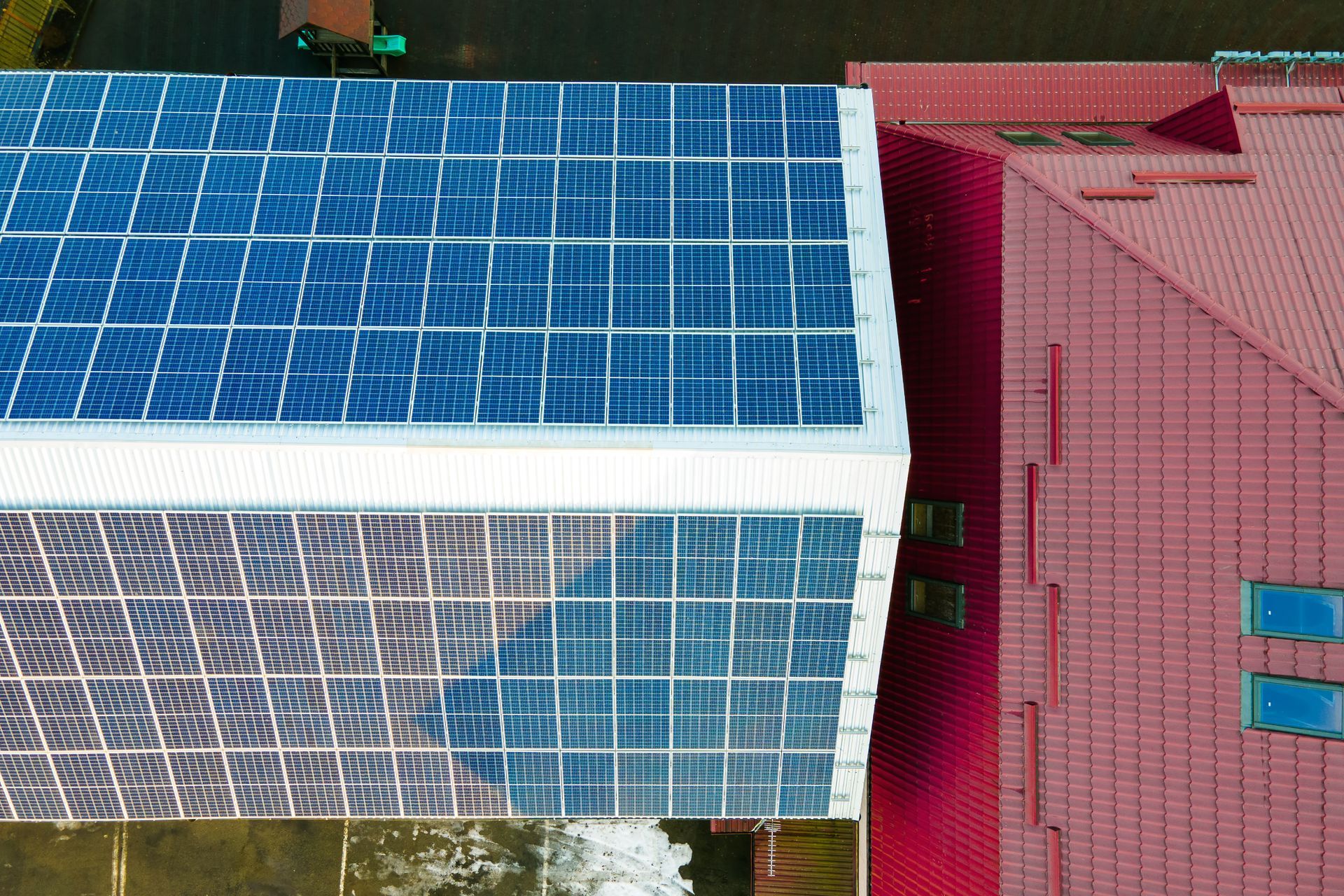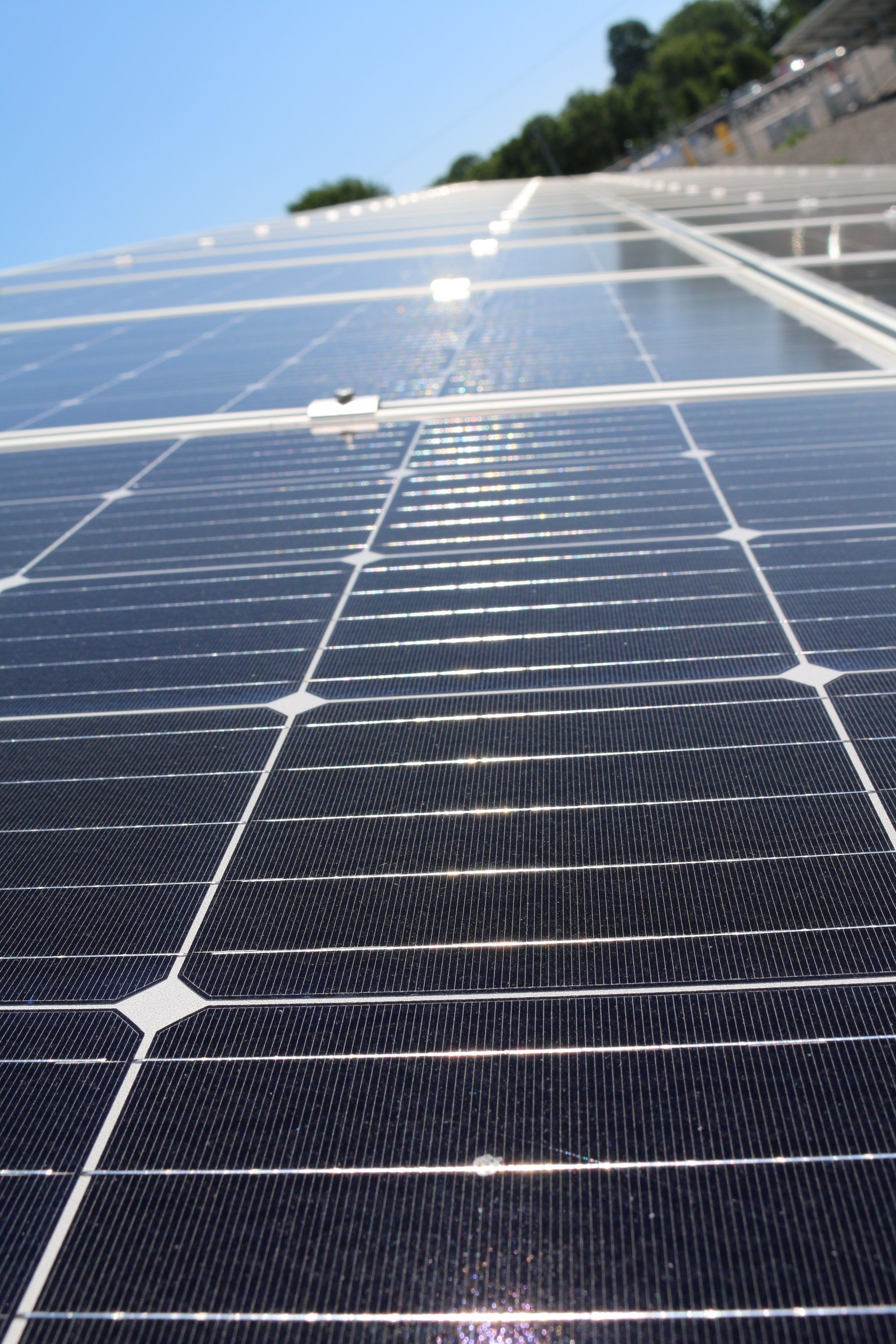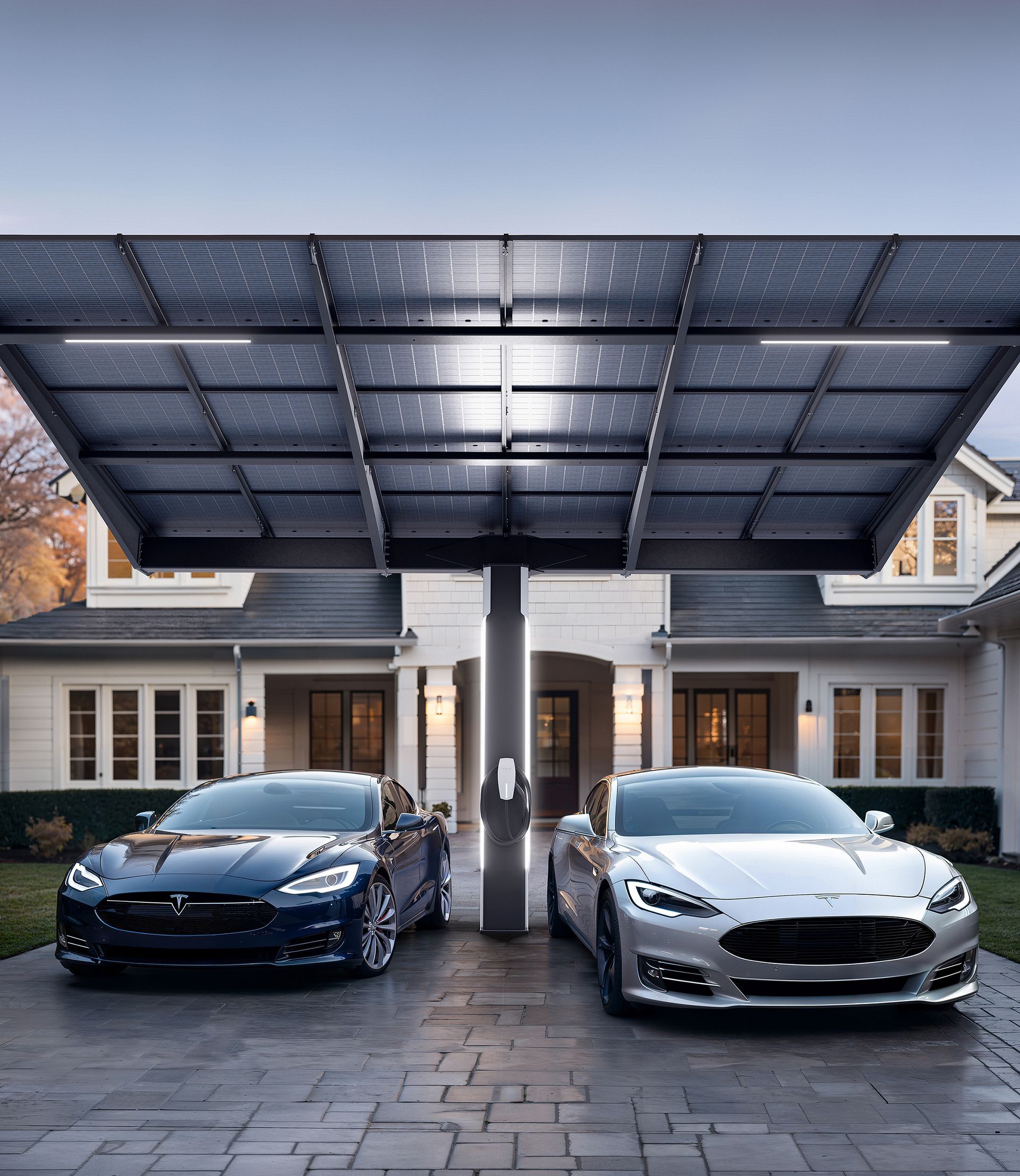Will Solar Power Charge My Electric Car?
Two of the most popular actions people take to reduce their carbon footprint is converting their home to solar power and buying an electric car. But when it comes to doing both, homeowners may wonder if their solar system will produce enough electricity to power their environmentally-friendly vehicle. Here’s what you should know.
How Much Solar Do You Need to Charge Your Car?
Charging your vehicle with solar power is quite doable. To ensure you have enough power, start by estimating how many miles you drive in an average day (the average American drives
roughly 40 miles per day). Using that as a baseline, the average electric vehicle will need roughly 10 to 17 kWh of electricity each day. A 350 watt panel produces an average of 1.75 kWh of electricity per day — so you’d need between five to ten panels, depending on your car and driving habits. You will also need an inverter and Level 2 electric vehicle charger.
The Benefits of Using Solar Power For Your Electric Car
Using solar energy to charge your electric car offers both financial and environmental benefits. Solar energy is far less expensive than grid-based energy, which is often reliant on fossil fuels. With gas prices soaring recently, charging an electric vehicle with grid energy can prove surprisingly costly. Solar panels also largely offset the carbon emissions associated with grid energy or even a public charging station, further reducing your impact on the environment.
Using home solar panels to power your electric car isn’t just possible — it is likely going to be the best, most affordable way to do this. By combining these two eco-friendly options, you can save even more on gas and electricity, while also doing more good for the planet.
